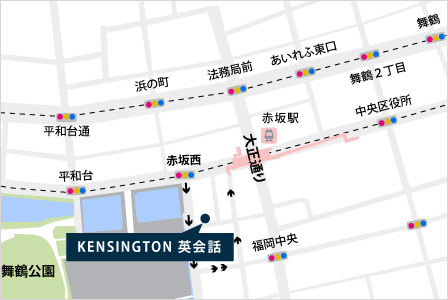This week’s subject
This week’s subject is “Changes” – and since I’m quite interested in new technology I’m really looking forward to teaching this class. Often, we need to use the grammar called the Present Perfect in this topic (have + past participle). We use it mostly to talk about a change that happened in the past, but still exists now. For example,
“A French company has made a new mini electric car – that 14-year-olds can drive.”
I read this story last week. These cars are really small (only 2 seats!) and cheap, and designed for driving in the city. I was amazed that teenagers as young as 14 can legally drive them! I hope these cars come to Japan and the UK soon too, but I’m not so sure I want 14-year-olds on the road!! The cars were released in the summer, but of course they’re still on the roads now – so we say “has made” to show this meaning in English.
今週のレッスントピック ー 現在完了形って、どう使うの?一緒に学習しましょう!
今週のトピックは“Changes” です。私は新しいテクノロジーに大変興味があるので、このトピックでレッスンをするのがとても楽しみです。多くの場合、このトピックでは現在完了形(have+過去分詞)と呼ばれる文法を使う必要があります。たいてい、過去に起きたChange=変化だけれど、今も存在している(続いている)ことについて話す時に使います。
例えば)
“A French company has made a new mini electric car – that 14-year-olds can drive.”
=「フランスの会社が新しい小型の電気自動車を作った -それは14歳児でも運転可能だ」
この記事を先週読みました。その車はとても小さく(2シートしかないのです!)、安く、街乗り用に設計されています。14歳という若さのティーンエイジャーでも合法的に運転できるということに、びっくりしました!日本とイギリスにも、早く来ると良いな、と思いますが、(運転手として)道路上に14歳児たちに居てほしいか、と言われると、微妙です。夏にリリースされたこの車ですが、もちろん今も道路を走っています。ーですから、それを伝えるために英語では“has made”を使います。
~*~*~*~ \ Follow me / ~*~*~*~
Instagram : @kensington_eikaiwa
Twitter : @Kensington_Eng
Facebook : @kensingtoneikaiwa
YouTube : KENSINGTON英会話
~*~*~*~*~*~*~*~*~*~*~*~*~*
◆お問い合わせはこちら
ケンジントン英会話:お問い合わせフォーム

































